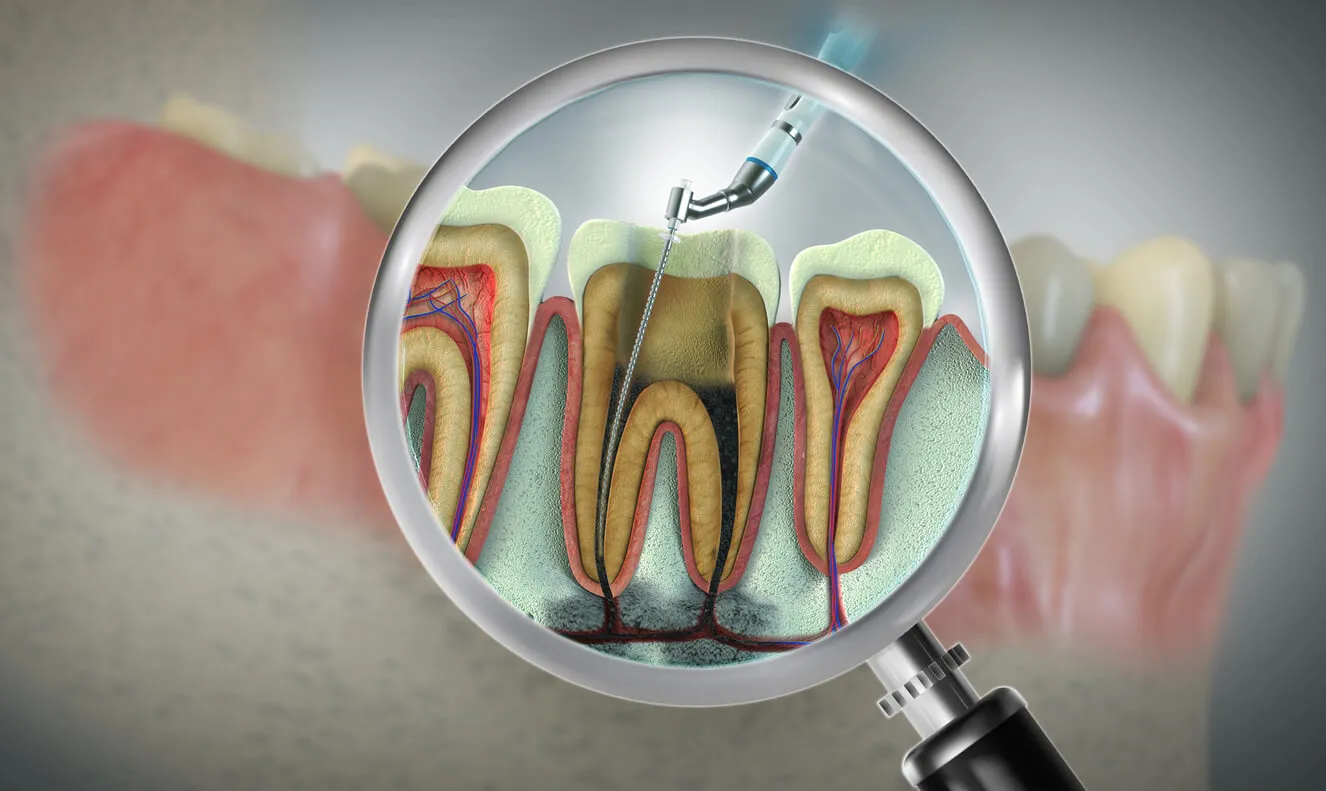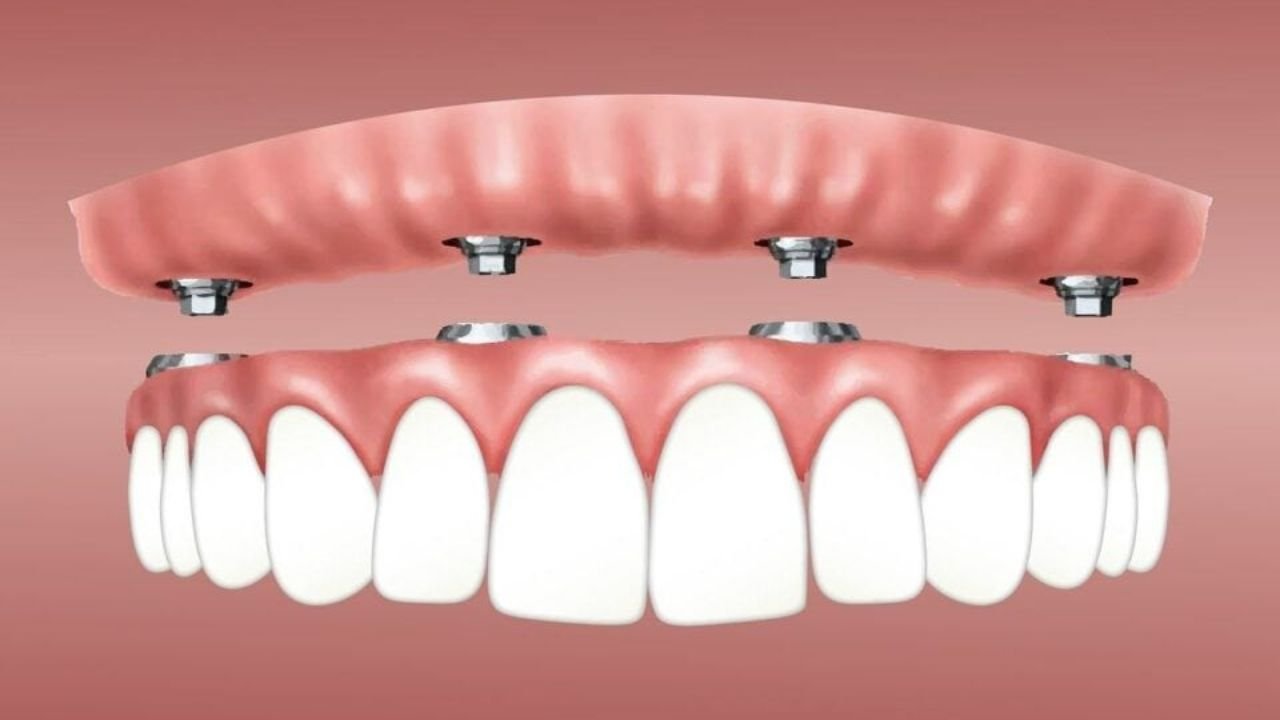Many people feel nervous when they hear about root canals. They may expect pain or worry about the idea of getting put to sleep during the procedure. These fears can grow when friends mention horror stories or when the internet shares misleading details.
Understanding the Root Canal Procedure
Root canals address an infection or decay in the pulp of a tooth. The pulp includes nerves and blood vessels that help the tooth develop. When this area becomes inflamed or infected, it can lead to intense discomfort. During a root canal, your dentist removes the infected or inflamed pulp and cleans the inside of the tooth. The dentist then fills the canals and seals the tooth to prevent further damage. This helps the tooth stay functional and avoid extraction.
Local anesthesia numbs the area around the tooth. This means you will feel pressure and movement but not pain. This method differs from the general anesthesia used in surgeries that involve complete unconsciousness. In a typical root canal, the dentist wants patients to be awake so they can communicate if they feel any sudden sensitivity. This feedback helps the dentist confirm that the tooth is fully numb and that the procedure can continue without causing distress.
Why Local Anesthesia Is Often Enough
Local anesthesia is effective at blocking nerve signals from reaching the brain. This allows the dentist to work on the damaged part of the tooth while the patient remains comfortable. Modern numbing agents are quite reliable, and dentists have techniques to limit discomfort during the injection process. Many people expect intense pain during a root canal, but they discover that the numbness reduces most sensations to slight pressure.
The reason local anesthesia is common comes down to safety and convenience. It allows you to return to your normal activities soon after the procedure, although your mouth may remain numb for a short while. You can often drive yourself home once your appointment is over, and you can resume eating and drinking as soon as the numbness wears off. This approach also removes the extra risks linked to general anesthesia, such as complications or extended recovery.
Sedation Options for Anxious Patients
Anxiety about dental procedures can make a root canal feel overwhelming. In these situations, many dental offices offer sedation methods that help you relax without putting you into a complete sleep. One common option is nitrous oxide, also called laughing gas. You breathe it through a small mask over your nose, and it creates a calm and content state. You remain alert enough to answer questions, and the effect wears off fast once the gas supply ends.
A small number of clinics provide general anesthesia if a person faces severe anxiety or if the situation requires a more complex solution. This level of sedation is rare. It involves careful screening and specialized staff. The extra supervision ensures your safety and comfort. Although general anesthesia fully puts you to sleep, it is not the usual option for a root canal unless your dentist believes it is necessary for your well-being.
Preparing for Your Appointment
When you schedule a root canal, mention any worries you have about pain or nerves. Your dentist can suggest a level of sedation that addresses your concerns. Communication is important, so be honest about any past experiences that caused you stress. If you plan to receive any type of sedative stronger than nitrous oxide, you should arrange transportation and set aside time to rest afterward. This helps you handle any lingering drowsiness in a safe environment.
Ask your dentist about aftercare, since each case differs. You may need to avoid chewing on hard foods or keep up with gentle rinses for a short time. Pain relief medicine can help ease minor soreness, though many patients say that the discomfort is minor compared to the pain they experienced before treatment. Over-the-counter medication often helps reduce inflammation, and your dentist might suggest a follow-up appointment to confirm healing is on track.



